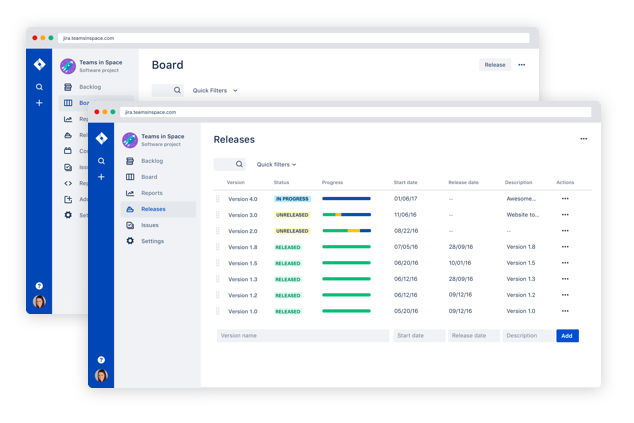Jira Server Administration Part 2
FULL DAY COURSE
This course applies to Server/Data Center customers only. Coming for Cloud in May 2020.
This course follows on from the Jira Administration Part 1 course. It continues the same case study and goes deeper into the administration tasks covered in Part 1, focusing on Jira Software and Jira Core.
This course will explore more complex schemes (only permission and notification schemes were covered in Part 1), more advanced workflow configuration as well as board and sprint permissions. The course is structured around a case study where an organization creates a set of configurations and schemes to apply to new projects and existing in progress projects. Real world examples and and best practices are emphasized.




